I’m sure it’s obvious to regular visitors that I’ve got a keen interest in Seiko’s Bell-Matic watches. I’m looking to broaden my knowledge of vintage alarm watches and read about Omega’s Seamaster Memomatic model from the early 70’s, which shares a lot of similarities with Seiko’s Bell-Matic, so I thought I’d compare the two.
Here’s the Memomatic, it’s a great looking watch…
(Click to enlarge – pictures by a.r.a. gallery)
The first thing to point out is that rather than having a separate bezel for setting the alarm, the Memomatic has two discs in the centre of the dial which are rotated via the crown. This allows the wearer to set the alarm to the exact minute, rather than the ‘near enough’ approach used by the Bell-Matic and most other vintage alarm mechanisms.
The adverts from the time show that this was a major selling point for Omega, but looking closely at the service manual, a tolerance of +/-4 minutes is deemed acceptable when testing the alarm triggering mechanism, which makes it no more accurate than the Bell-Matic. Doesn’t this actually defeat the whole purpose of setting the alarm to the minute? Strange!
It has a very similar crown layout and operation to the Bell-Matic except that the alarm time can be set both clockwise and anticlockwise via the winding crown and date quickset is performed by pressing the recessed button between the crowns. The Memomatic mainspring can also be hand wound, the Bell-Matic cannot. (A scan of the full Memomatic user manual can be found here).
The engine in the Memomatic is Omega’s 980 calibre, which has 19 jewels and is slightly smaller in diameter than the Seiko at 30.8mm, (Seiko’s 4006A is 31.2mm) but slightly thicker at 7.8mm (the Seiko is 7.15mm).
It runs at 21,600bph (6 beats/sec) which is slightly faster than the Seiko which runs at 19,800bph (5.5beats/sec). Notice too that, like the Bell-Matic, the 980 has an independent sounding spring around the edge of the calibre rather than the hammer impacting part of the watch case as is common in other alarm mechanisms.
The biggest advantage that the Memomatic has over the Bell-Matic is that it has only one mainspring which powers both the going train and the alarm. As this is an automatic winding calibre, this also means that the alarm never has to be wound independently. If the watch is running, the alarm should be ready to go.
Reading the technical literature on the calibre, when triggered, the mainspring barrel completes one complete revolution which sounds the alarm for 8-10 seconds (about the same length of time as the Bell-Matic). How it manages to do this while still supplying power to the going train is very intriguing to me. Even looking at the exploded diagrams in the service manual it’s hard to work out how it does this.
I’d like to get hold of one and study it in depth but that could be tricky as only 35,000 examples were made and they now change hands for around the US$800 mark. Even when available on the high street, this technology still commanded a hefty price, the Memomatic originaly retailing at a higher price than Omega’s popular Seamaster Chronograph.
I’d better start saving up….
Rich.

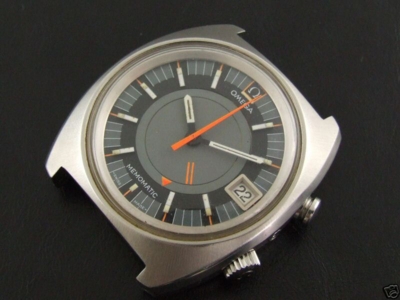
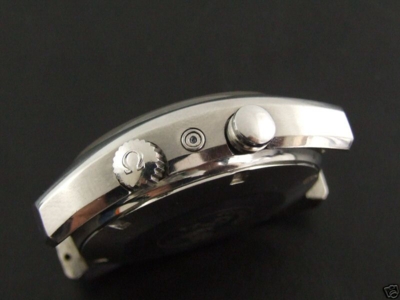
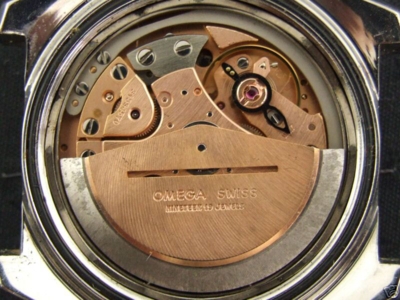
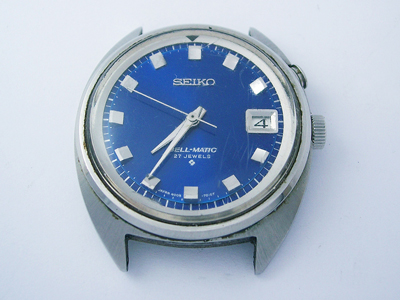
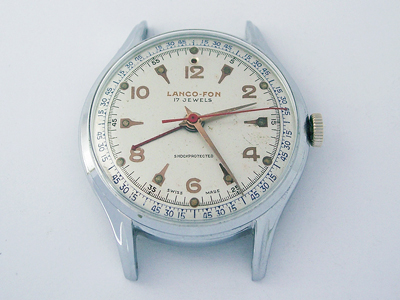
My Dad gave me his Memomatic when I was 16,that would be in 1980.He bought himself a Rolex Submariner.I have seen him some mornings having to set the time in his Rolex after sitting in his night table overnight.I am 49 now and my Omega runs like a well oiled machine. It is actually amazing,that after all this time it does not skip a beat!
Greetings,
I have the Omega Seamaster Memomatic. I bought it in southern Germany when stationed there with the Canadian Forces in 1971. Still wearing it today.
Ernie G
hi, I was looking for info on this omega watch as my late father had one with a divers strap. my mother has just put it in for repair after it being in a drawer for over 10 years. the jeweller suggested it was worth over £600. thanks for the info